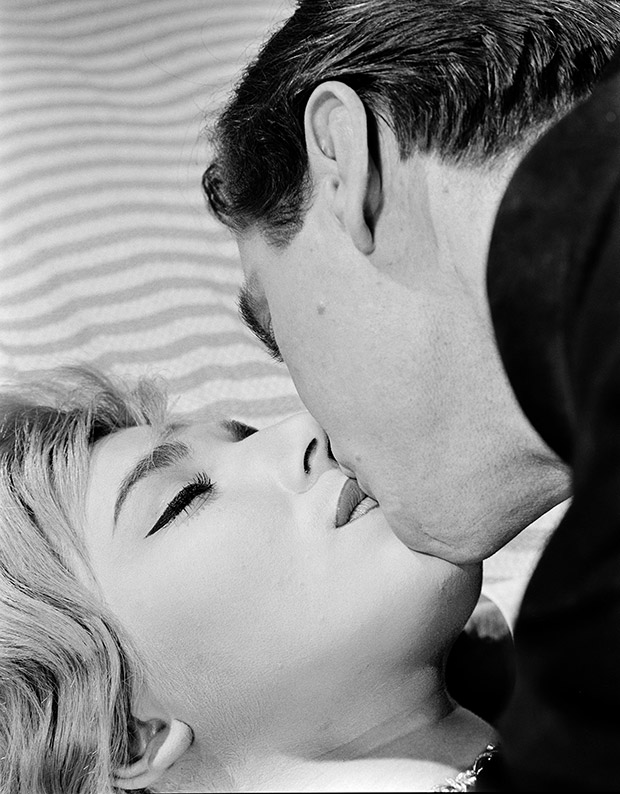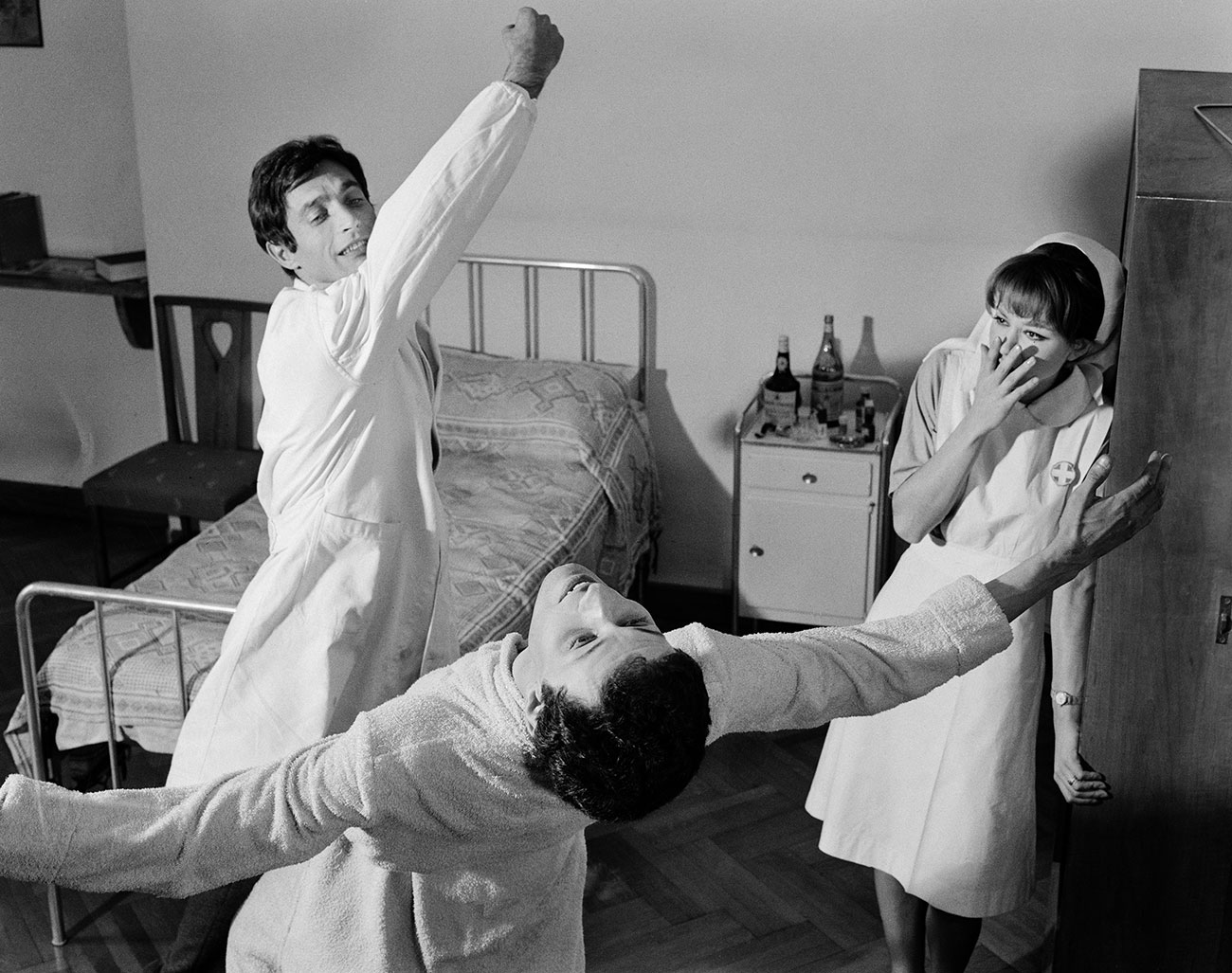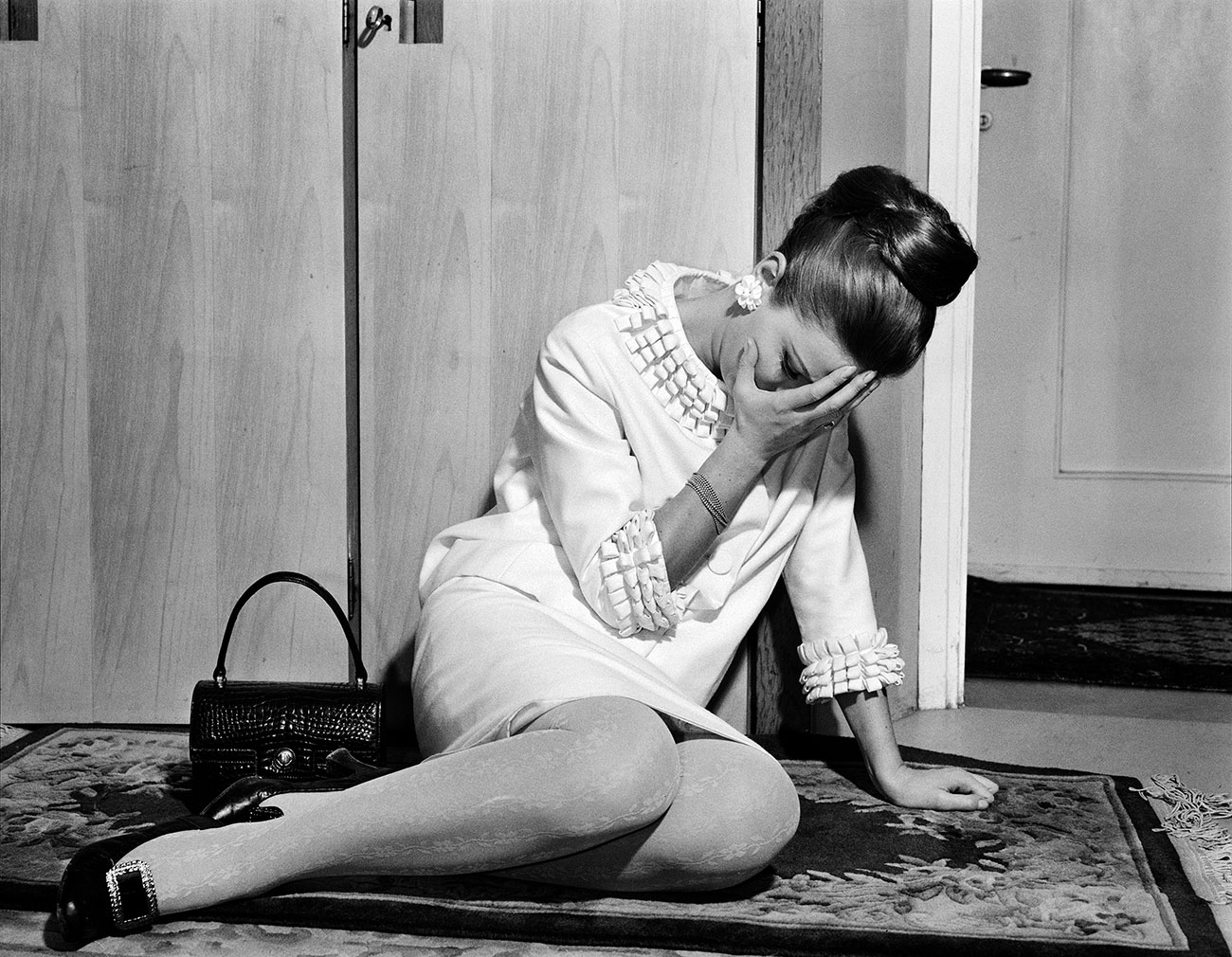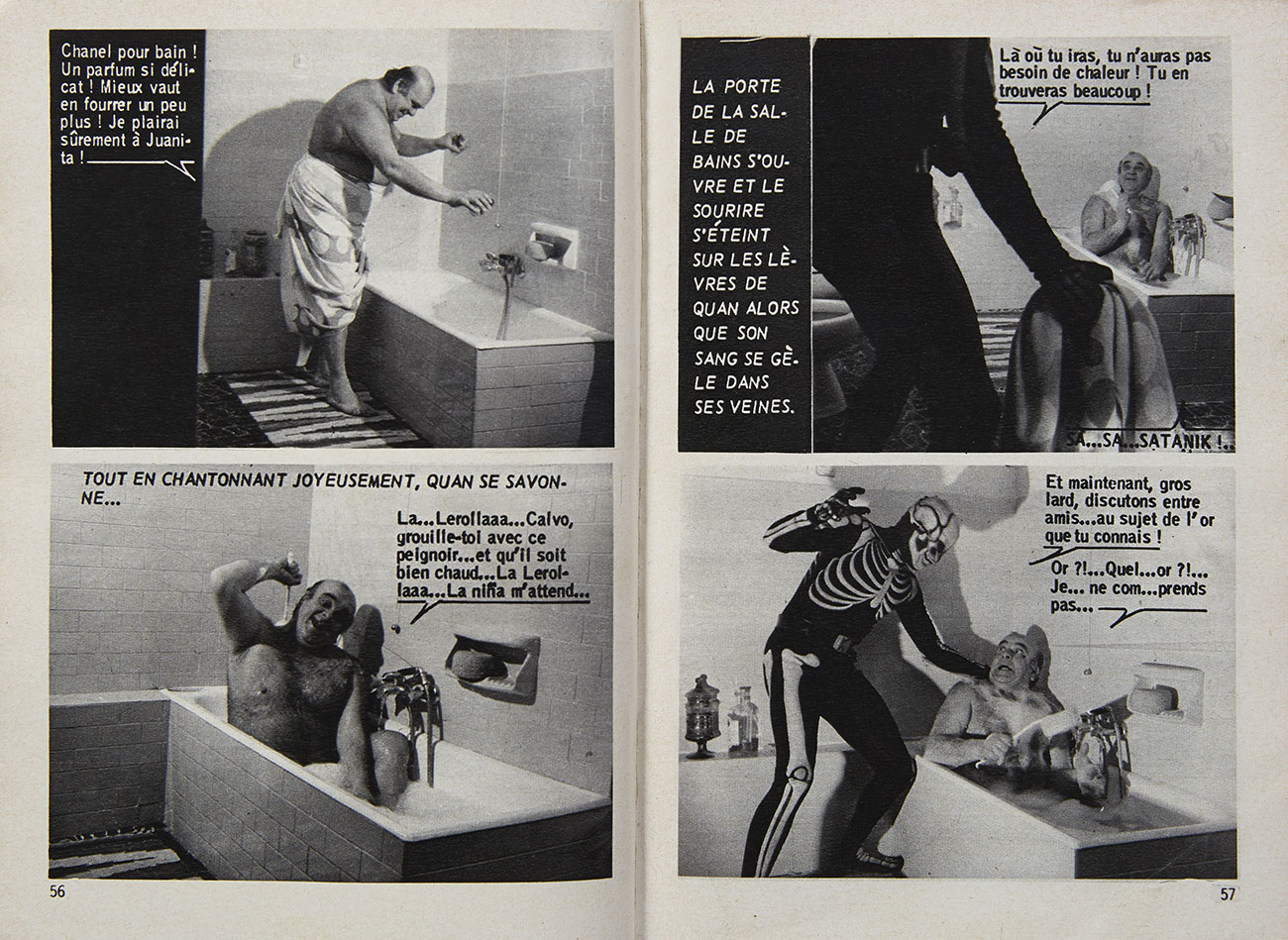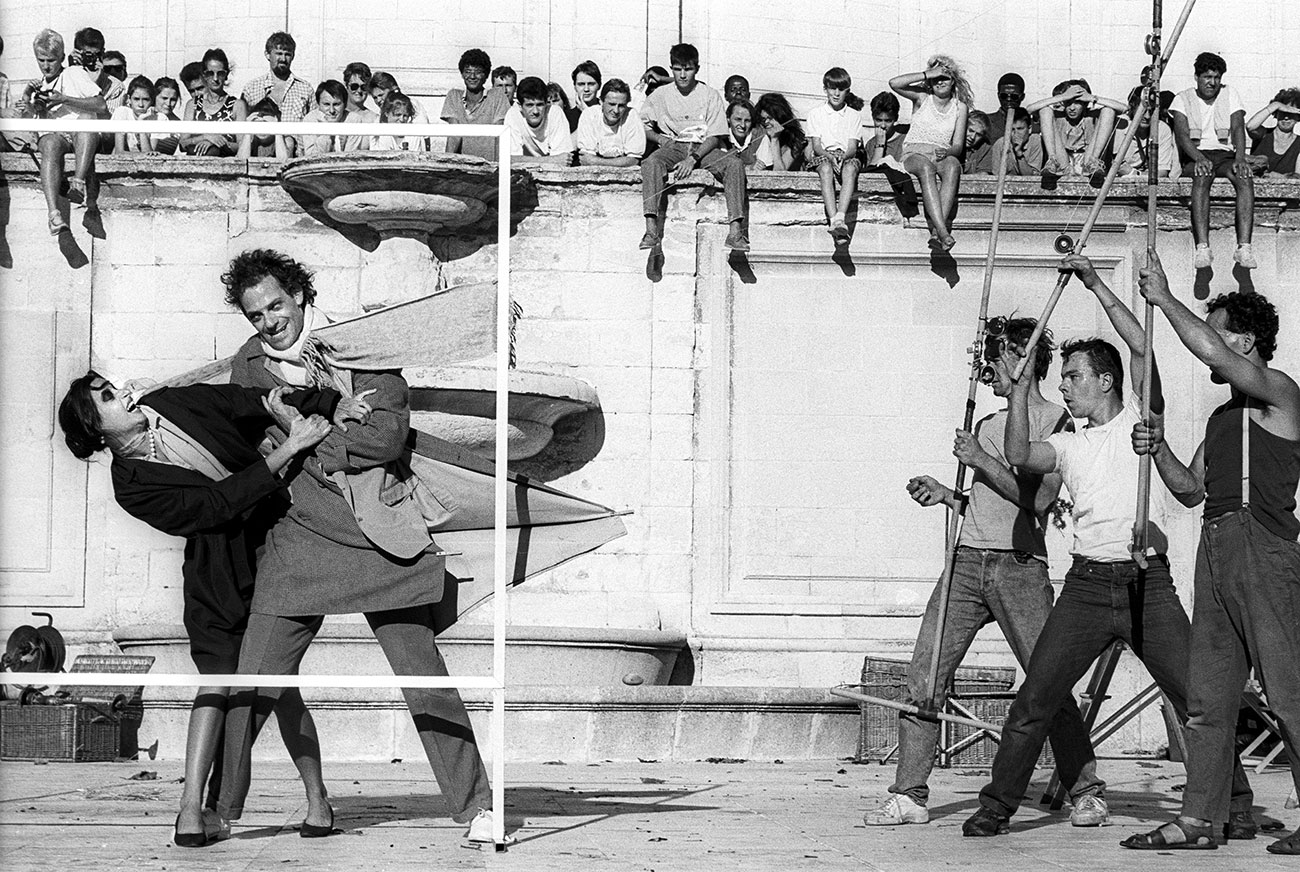Photo-Novel
Mucem, J4—
Niveau 2
|
From Wednesday 13 December 2017 to Monday 23 April 2018
Last days
The photo-novel has received bad press. The term simultaneously implies sentimental foolishness, frivolity and ingenuousness. To date, it has only rarely captured the attention of image historians, and even less frequently that of museums and art centres. Serious mistake! Because the photo-novel has much to say to us... and not just words of love.
Invented in Italy in 1947, the photo-novel was the greatest editorial success of the post-war period and would remain the best-seller in Mediterranean popular literature for more than two decades. Its readers – for the most part women – numbered in the millions. The magazines in which they were published were passed along from person to person, so it is estimated that one in three French people read photo-novel in the 1960s.
Reconstructing this sentimental lore provides for a novel reinterpretation of the advent of the consumer society and changes to moral values, as well as an unorthodox look at the emancipation and liberation of women in Mediterranean Europe during the second half of the 20th century.
This is the crux of the « Photo-Novel » exhibition, which is a mix of more than 300 objects, films, photographs, documents and, of course, a few of the best examples of this craft which became a massive cultural industry in a short period of time, including some publications produced by directors close to Italian neorealism that have proved to be of extraordinary quality.
Jealousy and betrayal, tender kisses and broken hearts, convertibles and microwaves, Dolce Vita and class struggle: Photo-novel is a saga full of surprises, twists and love at first sight. An experience not to be missed under any circumstances!
Some pictures of the exhibition may be inappropriate for children.
Curators :
—Frédérique Deschamps, journalist and picture researcher, she was also a long-time contributor to the newspaper Libération. She then went on to run the Photography Department at Le Monde when the daily paper launched its new format. Today, she is a freelance picture researcher.
—Marie-Charlotte Calafat, Assistant Manager of the Mucem’s Collections and Document Resource Department
Exhibition space design : Cécile Degos
With the support of the PwC France and Francophone Africa Corporate Foundation, a Founding Patron of the Mucem.

An event MP2018, Quel Amour !

Entretien avec Frédérique Deschamps et Marie-Charlotte Calafat, commissaires de l’exposition.
| Mucem |
An exhibition on the photo-novel… is it really called for ? |
| Frédérique Deschamps (F.D.) |
Yes, definitely! There has never been a retrospective exhibition on this subject, and yet the photo-novel has been one of the greatest successes of 20th century popular culture. It generated a veritable industry, producing millions of photos for millions of readers. The exhibition is not seeking to present this as great literature: its purpose is to give a glimpse of what the photo-novel was, a genre that |
| Marie-Charlotte Calafat (M.C.C.) |
It is true that the photo-novel is often viewed as a soap opera genre, with a predictable plot. Yet, it was tied to the social needs of its time. Since its beginnings, questions of rebellion and social conflict have regularly emerged including issues of divorce, and women’s rights in the workplace. And contrary to our assumptions, it can sometimes even expose a materialistic and superficial society. So the photo-novel does not deserve to always be subordinated to this retrograde image, quite the contrary! I must also stress that the photo-novel is not dead: the magazine Nous Deux, still sells 250,000 copies weekly in France. Moreover, this form of expression is currently being reinvented by new stakeholders, who are applying it to documentary, artistic, and satirical projects… So is this exhibition truly called for ? For a museum of society like the Mucem, absolutely ! |
| Mucem |
How was this project born ? Have you ever been an avid reader of photo-novels ? |
| F.D. |
I had never read them until one day a decade ago when I noticed a pile of Nous Deux magazines on their way to the dumpster. I said to myself – ‘but those still exist!’ I am very interested by images – I was then an iconographer for a press agency – and so I decided to investigate… It quickly became obvious to me that this story could be told in the form of an exhibition. |
| Mucem |
How did the Mucem decide to address this topic ? |
| M.C.C. |
For the Mucem, it was important to treat the photo-novel as a societal phenomenon. From its postwar birth to the ways in which it has evolved – or not – with its time. This exhibition can to be taken on two levels in the sense that one can approach it from the angle of photography, by having direct contact with the images, and one can also place the genre in its historical and societal context. For us, it is always a question of showing how the photo-novel reflects the society of its time. The Mucem was also aware of the Mediterranean dimension of this means of expression. The photo-novel was phenomenally successful throughout the Mediterranean ‘arch’– yet it struggled to gain a foothold in Anglo-Saxon countries. This project also gives the Mucem an opportunity to explore its vast collections of popular imagery. |
| Mucem |
The exhibition is divided into two parts. The first addresses the history of the ‘real’ photo-novel… |
| F.D. |
The ‘real’ photo-novel is the sentimental photo-novel, born in 1947, and that we still find today in Nous Deux. In the exhibition, original objects, images, covers and models trace its evolution from its origins to the present day. The itinerary leads to a reading room from the 1960s-70s, in which copies of Nous Deux will be available for the public to peruse or even take home. |
| Mucem |
The second part the exhibition demonstrates that the photo-novel is not only a soap opera genre… |
| F.D. |
This means of expression – a narrative with photographs and dialogue bubbles – has been reappropriated and employed in very different ways. One of the most substantial productions was the ‘erotic-pornographic’ genre – which we present in a separate room that is prohibited to those less than 18 years of age. We also feature the satirical photo-novel with Hara-Kiri and Professeur Choron; and then the way in which the Situationists seized the genre to divert it for political purposes. Finally, the last part addresses the more ‘artistic’ vein beginning with the film by Chris Marker, La Jetée, which is actually subtitled ‘photo-novel’. |
| M.C.C. |
It is also interesting to observe how the detractors of the photo-novel – intellectuals, Catholics and communists – have themselves resorted to this means of expression: for example we have found copies of Famiglia Cristiana with the lives of the saints in a photo-novel format… even while the church denounces this genre as immoral. In a totally different domain, we will present the scenery (including a Fiat 500 cut in half!) from a street theatre production by the company Royal de Luxe that recounts the shooting of a photo-novel. |
| Mucem |
And perhaps most remarkably, the exhibition presents the ‘Mondadori collection’ : original images never before presented to the public… |
| F.D. |
When we started this project, it was out of the question to create an exhibition made up of just magazines in showcases. Yet, because the photo-novel had never been considered an art form, many of the original materials were used to make it (models, photos, negatives) are now very rare. I was fortunate to discover in Milan the exceptional holdings of Mondadori, the publisher of the magazine Bolero film. This collection is a veritable treasure consisting of thousands of negatives from photo-novels, from which we were able to make new prints. |
| M.C.C. |
In fact, the existence of this collection is one of the main reasons for this exhibition. The images are of exceptional quality in their use of light, the nature of the black and white and the inventiveness of the framing… |
| F.D. |
It must be said that for the time period, the means made available to the directors were exceptional. Galvanised by their success, publishers invested freely : going to shoot in natural settings, using the best optics and with crews often as large as those assembled for a film. Thanks to the Mondadori collection, we have the opportunity to present these images in their original state, before being ‘massacred’ for the publication. Within the exhibition, we mirror these superb original images with their published versions, where they were cropped, highly synthetic, and printed on paper of poor quality. You will see, the contrast is striking ! |
| Mucem |
Why is there such a discrepancy ? |
| F.D. |
These very rich compositions were systematically modified, cropped to fit to the support. Indeed, in the photo-novel, the image is not intended to be beautiful. It must above all illustrate a narrative whose reading is meant to be quick and simple. The pencil lines on the contacts are evidence of the rough cropping prior to publication, all superfluous information disappearing to emphasise only the foreground. The image concentrates on the characters and their inner conflicts, since they are almost always that focus of the photo-novel. In the background, a minimum of elements was enough to illustrate the context: a palm tree to evoke Africa, a candelabra for a château… The image was cleverly constructed to be simple: neither off-camera, nor reverse shots. Despite appearances, it was thus not at all cinema. Or else it was a cinema for the poor. |
Exhibition itinerary
1. The sentimental photo novel
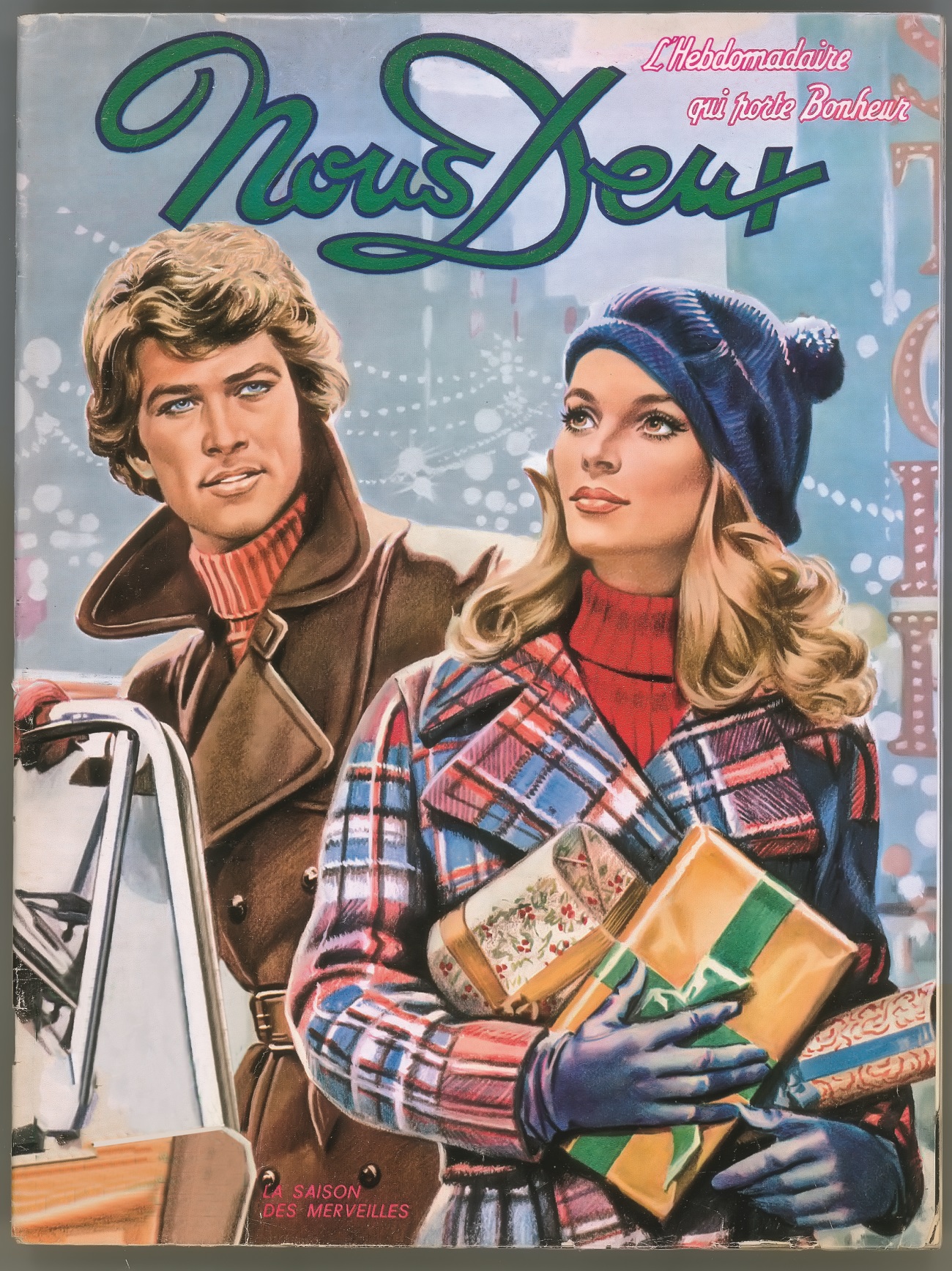
The ‘true’ photo novel is the sentimental photo novel, which emerged in 1947 and can still be found today in Nous Deux. In the exhibition, objects, images, covers and original layouts trace its development from its beginnings to the present day. This section highlights unknown little masterpieces, such as those produced by the Italian publisher Mondadori. It also reveals the various celebrities who appeared in photo novels (including Sophia Loren, Gina Lollobrigida, Johnny Hallyday, Mireille Mathieu, Dalida, etc.) and traces the globalisation of the photo novel, which was exported and subsequently produced in Madrid, Caracas, Beirut and Buenos Aires, among other places.
2. The reading room
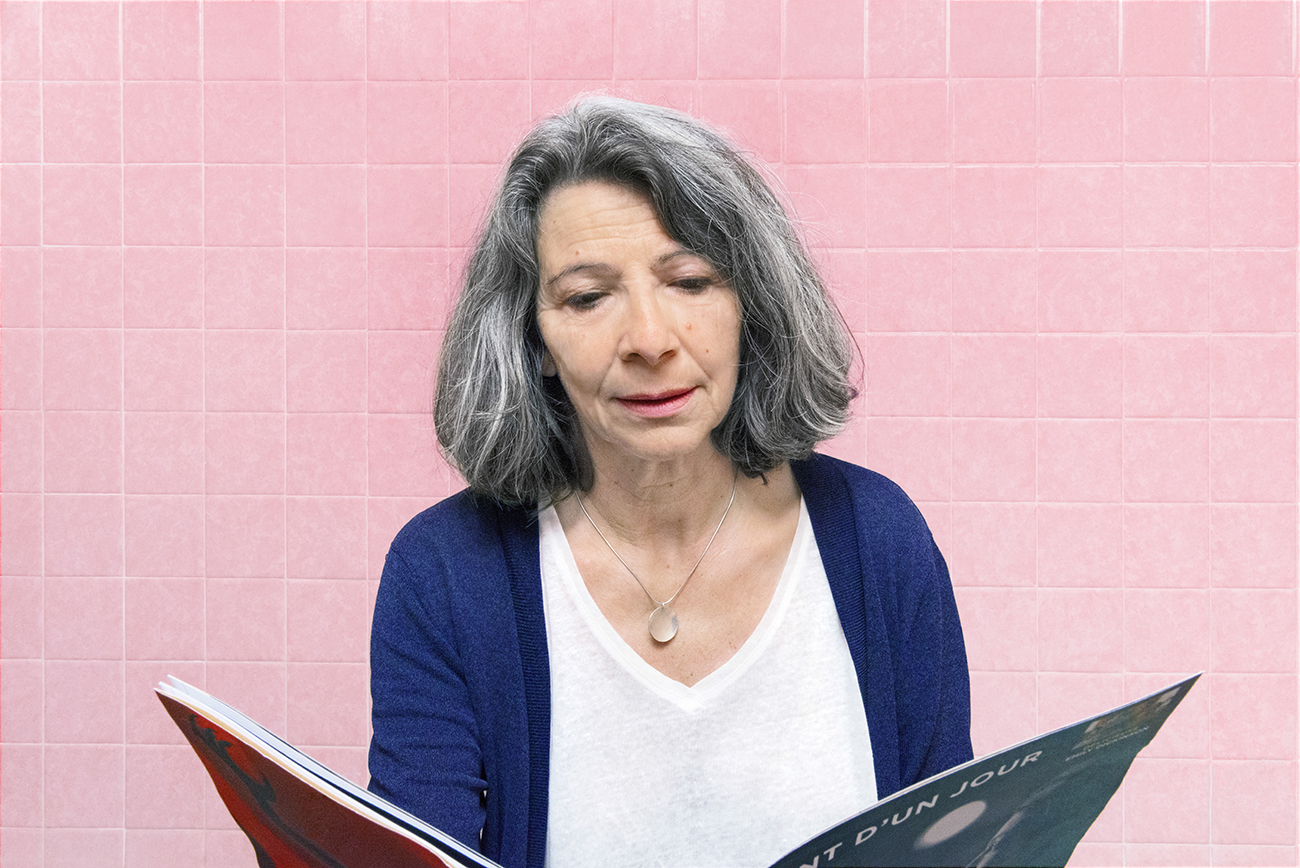
The exhibition includes a reading room from the 1960s and 1970s, the golden age of the photo novel. This space enables visitors to look at copies of Nous Deux, 230,000 copies of which are sold in France today. There is also a display of photos by Thierry Bouët featuring portraits of readers of Nous Deux in Marseille and the surrounding region.
‘‘The photo-novel would not exist without its readers. They form a collaborative fabric of small producers who finance the writing and images of stories that end well. Though they do not know each other, they are collectively participating in the perpetuation of a literary genre. In meeting the faithful subscribers, we go in search of their beautiful stories.’’ Thierry Bouët
3. Appropriations and subversions
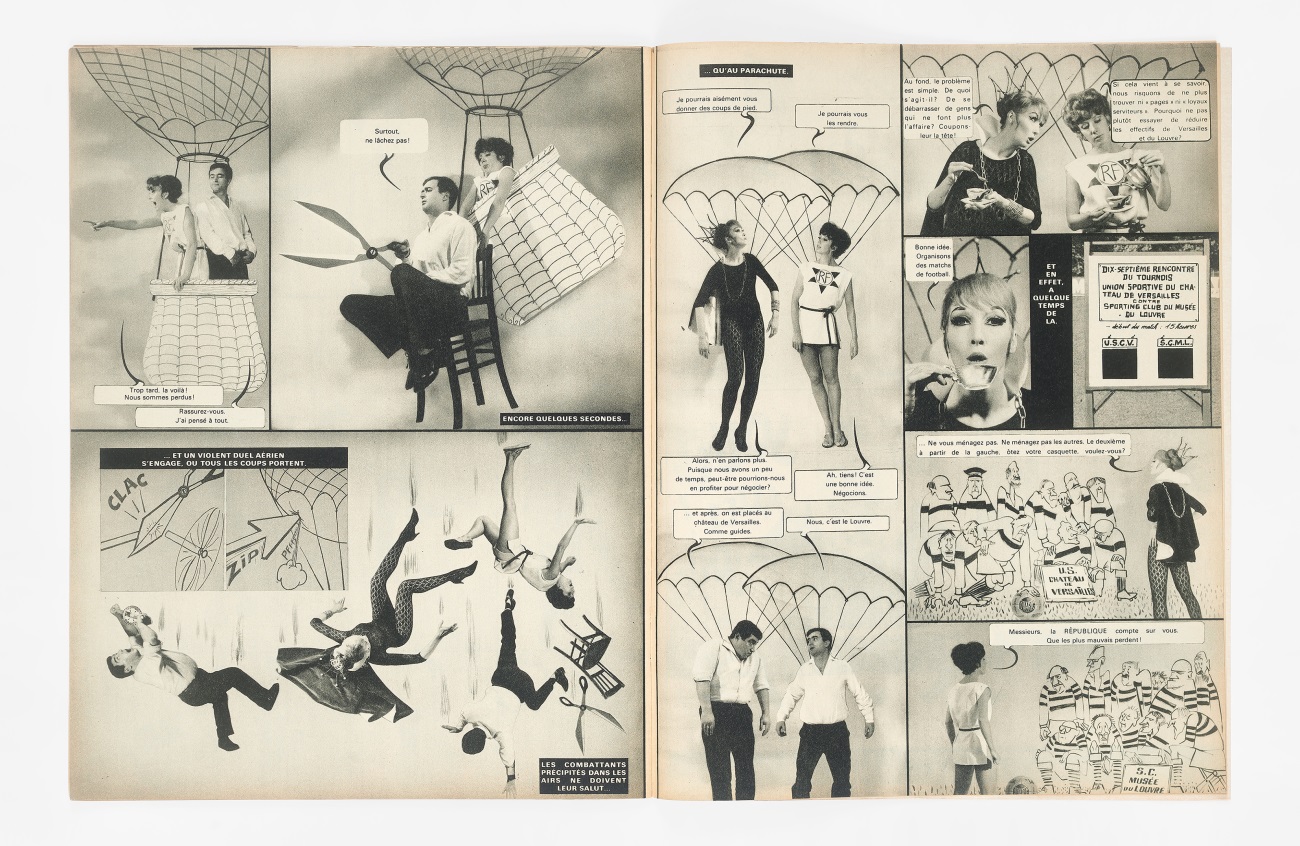
This medium – namely, a story with photographs and speech bubbles – has been appropriated and subverted in very diverse ways. The genre of erotic and pornographic literature has been one of the most prolific offshoots. Humourists, illustrators and satirists have also appropriated this narrative technique in order to recount something other than a love story with a happy ending. The Situationists appropriated the genre in order to subvert it for political ends, incorporating their revolutionary ideas. Artists and photographers like Jacques Monory and Marie-Françoise Plissart exploited the genre’s ‘artistic’ potential, drawing inspiration from Chris Marker’s film La Jetée, subtitled the ‘photo novel’.
Downloads
Dossier pédagogique .pdfPartners and sponsors
With the support of the PwC France and Francophone Africa Corporate Foundation, a Founding Patron of the Mucem.
